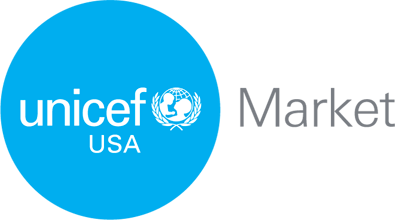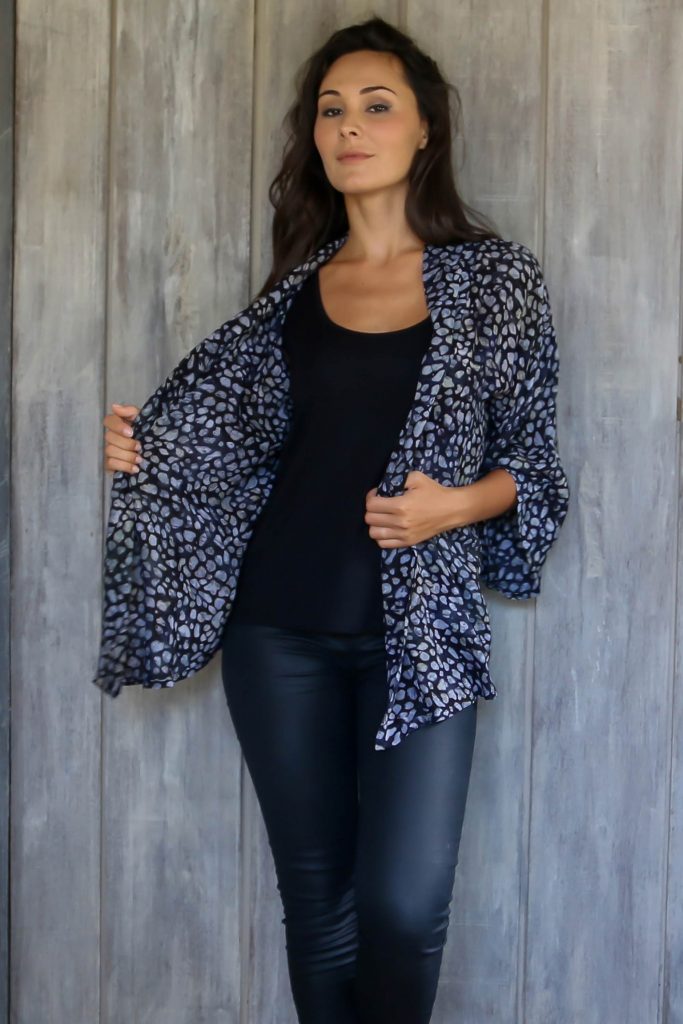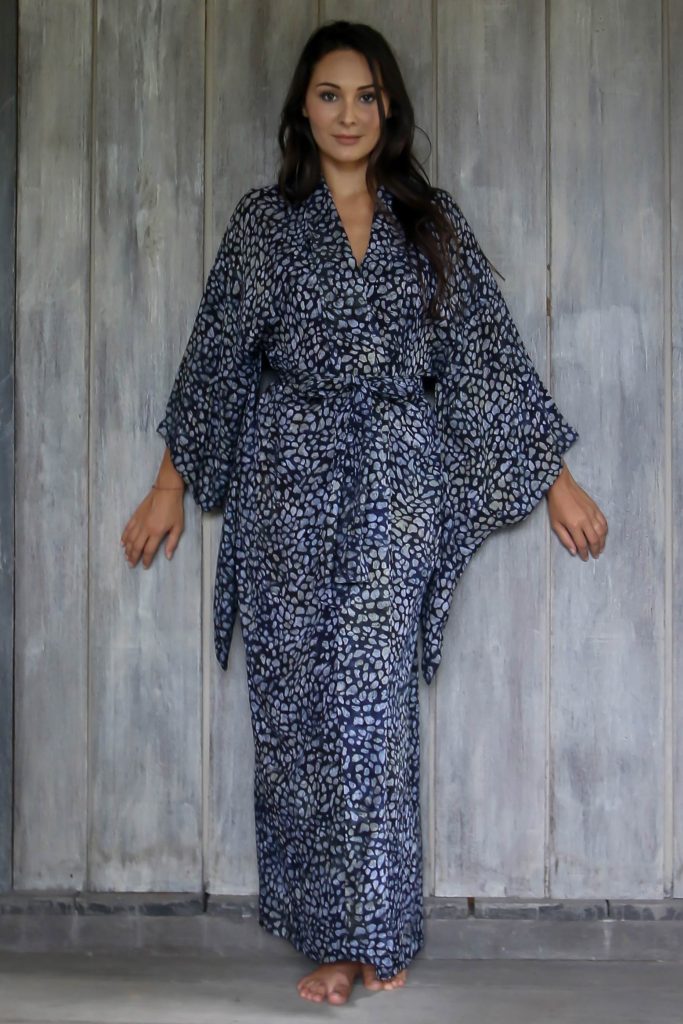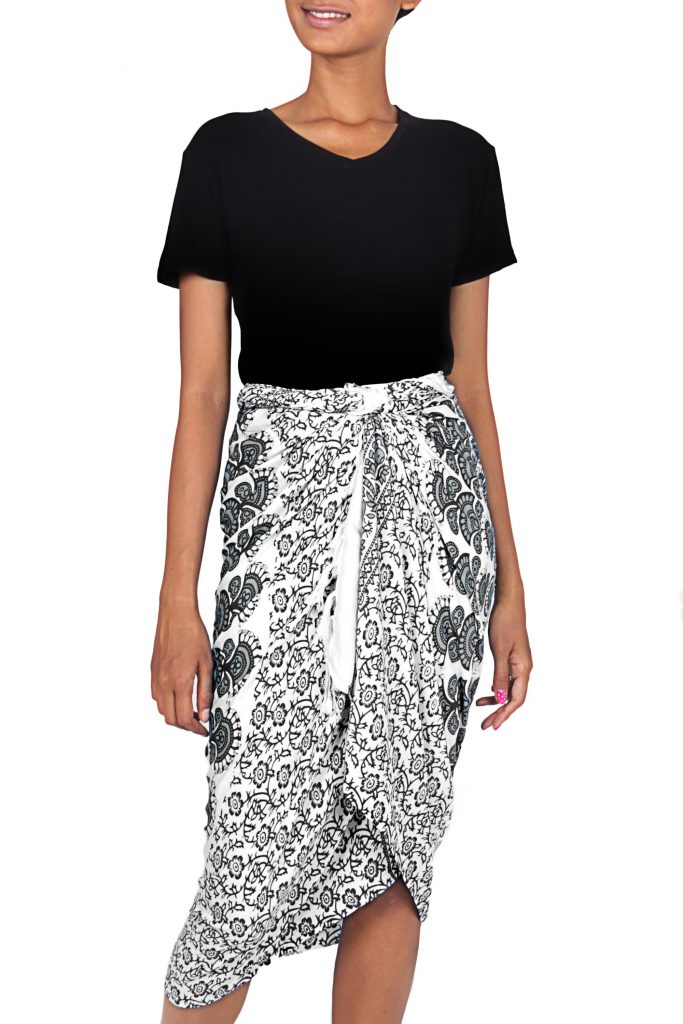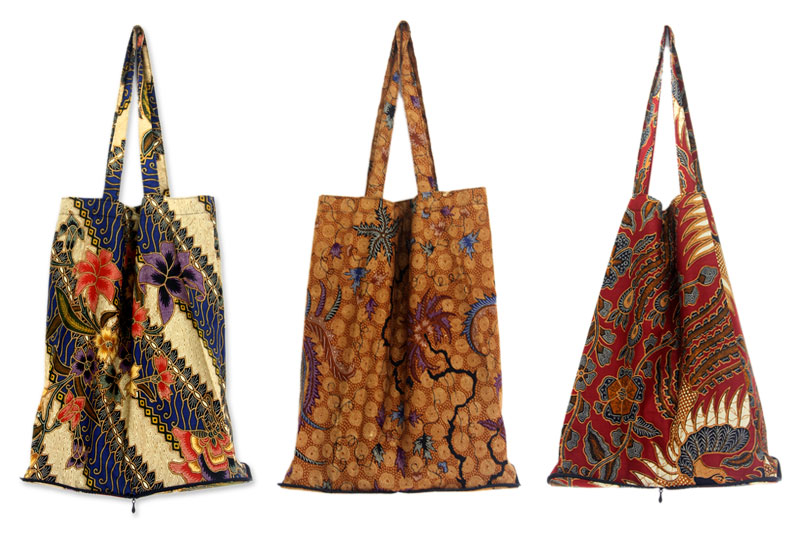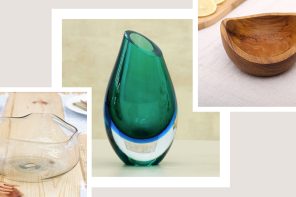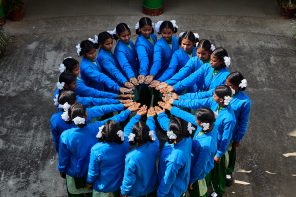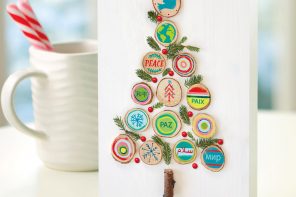Batik is one of the oldest and most internationally practiced textile arts, an ancient tradition throughout the Far East and Africa. Many of the batik projects sponsored by UNICEF Market are in Bali and Indonesia and Java, particularly, is a center for batik arts.
Simply explained, the process of making batik is a technique of wax resist-dyeing, meaning hot wax is drawn on or applied to fabric creating patterns. The fabric is dyed, and the wax resists the dye. Many of the Balinese patterns are historical, and often have ceremonial or auspicious significance.
Sarongs are used in Indonesia as head coverings, dresses, skirts, and baby slings. Babies are considered sacred in Bali and for the first 6 months they are not allowed to touch the ground.
Specialized tools are used to draw more intricate patterns, and then the fabric is boiled to remove the wax from the fabric.
Batik pieces like these totes for example, can be retooled with wax and re-dyed, to create layered, colorful patterns that are both storied and referential.
During Balinese wedding ceremonies the bride wears a pattern of significance for each stage of the ceremony.
Indigo dye is derived from Indigofera, a plant that grows in similar climates as regions where batik is traditionally made, so historically the two were often used in conjunction.
One of the richest colors in natural dyes, indigo can come in variant shades of blue and green depending on dye time and processing.
These coasters are an example of indigo-dyed batik where the wax has been applied with a wooden block made of nails- the nail heads create the subtle pattern.
Batik wax designs can also be painted freehand. These cushions are made by Hmong artisans in the “Golden Triangle”; of Thailand, Myanmar and Laos.
The wax is painted by artisans from the area that work with painter and philanthropist Simone Buys . An artist in her own right, Buys has studied handcraft traditions for 30 years throughout Africa and the Far East. She has created a thriving indigo and batik business for the Hmong in this region, marrying the two ancient traditional crafts of batik and indigo.
